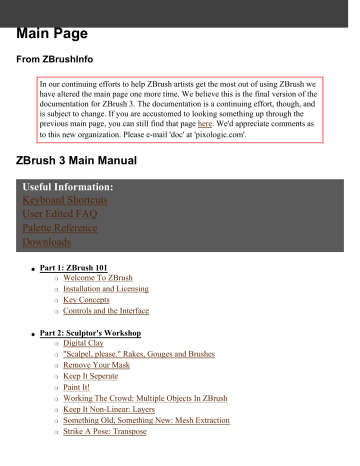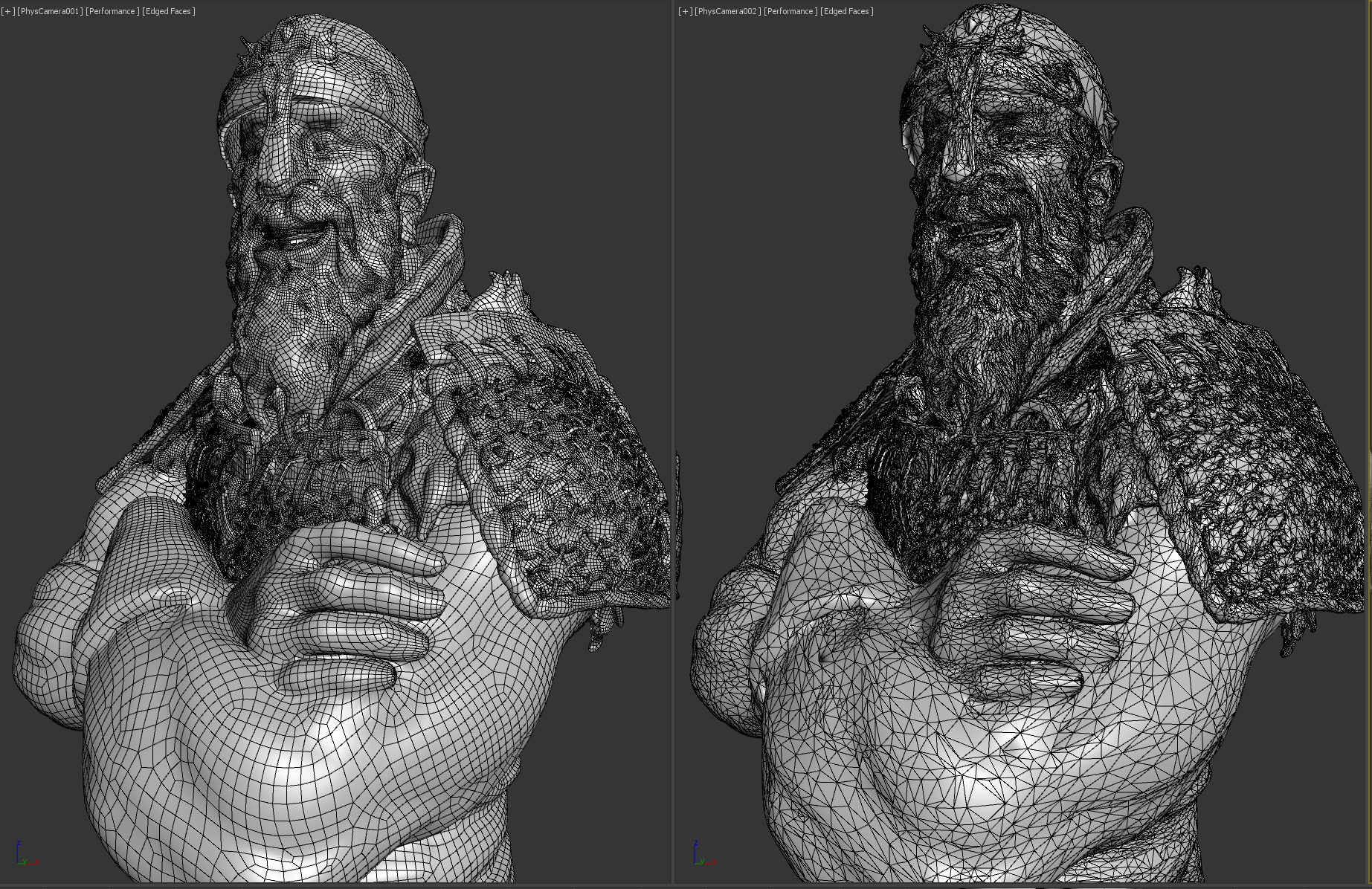
You can also use the Blur slider to slightly blur your image, removing artifacts from JPEG compression or other noise. With these modifiers, you can maximize the range (similar to autoleveling in Photoshop) by crunching the levels, thus giving you the maximum displacement between black and white. In the Alpha menu beneath the active Alpha boxes are several sliders that allow you to postprocess the alpha and make various alterations to the image. When a photograph is loaded into the Alpha menu, it is automatically converted to 16-bit grayscale. This is a fantastic selection of pore, wrinkle, and bump alphas.
#WHERE TO FIND THE ZBRUSH 4 STARTUP DOCUMENT SKIN#
Rick “Monstermaker” Baker made some of his skin alphas available in his Old Man thread. For the best all-around skin alpha set, I recommend checking ZBrushCentral. Try taking photographs of plants and fruits for use as texture stamps. There is no shortage of great texture references that can be used as alphas: on the Internet, in topics, even around you. To import an alpha, open the main Alpha menu at the top of the screen and click the Import button.


The file formats ZBrush supports for import are PSD, BMP, and 16-bit TIFF (single-channel grayscale).

By repeating this process with multiple selections, you can build complex shapes quickly and easily (Figure 4.30).įigure 4.29 Create a selection in Photoshop and save it as stencil.įigure 4.30 Mechanical details built from ZAppLink stencils Importing Images to Use as AlphasĪny image may be loaded into ZBrush and used as an alpha. You may now sculpt through the stencil to create hard-edged details.


 0 kommentar(er)
0 kommentar(er)
